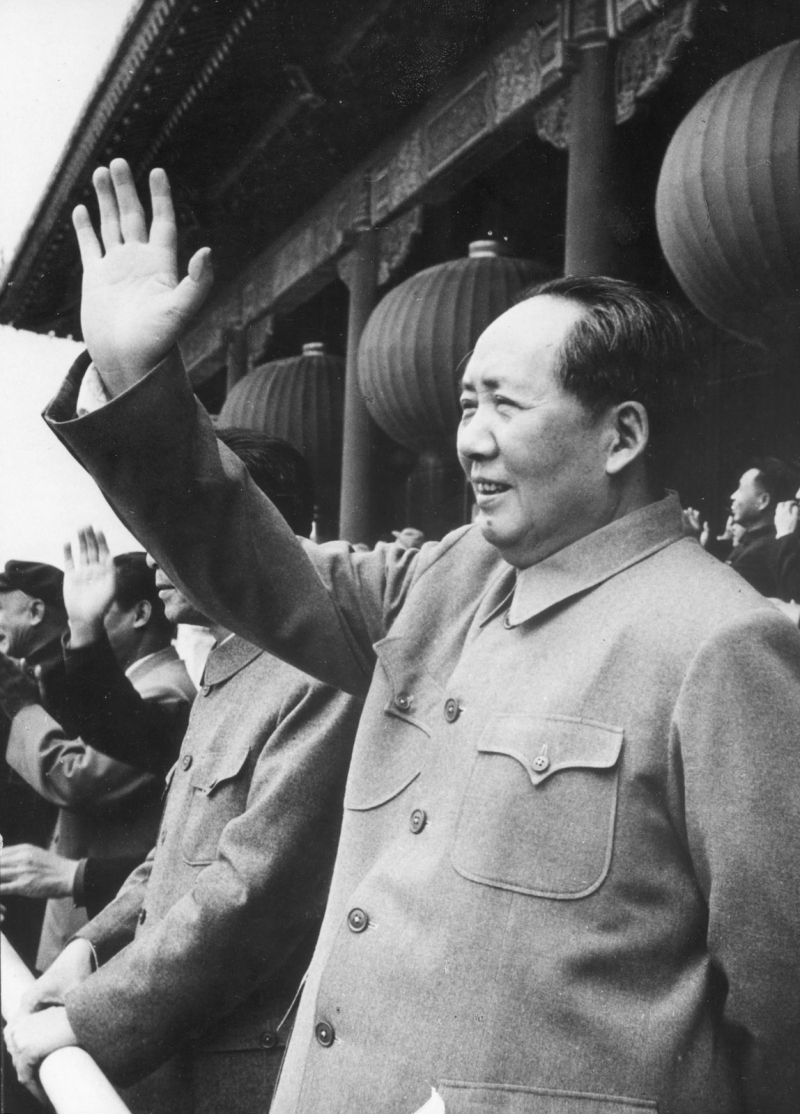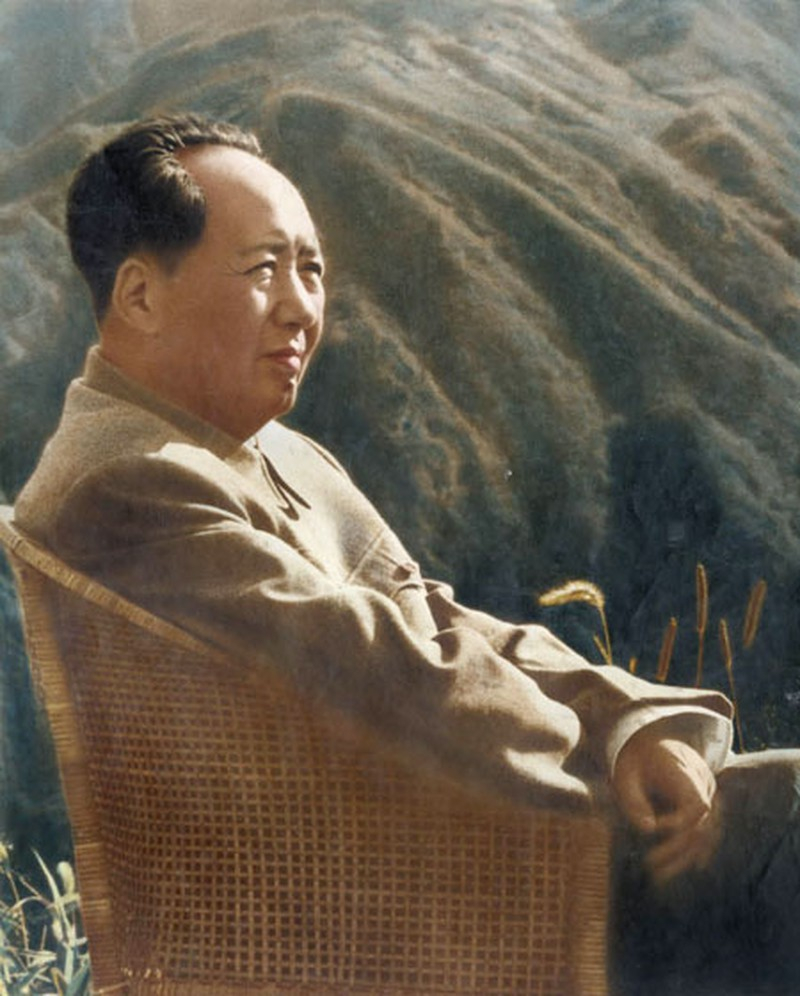Mao was a prolific writer of political and philosophical literature.
This is also one of the most interesting facts about Mao Zedong for many people. The Selected Works of Mao Zedong, released in four volumes by the People's Publishing House in 1951, is the principal repository of his pre-1949 writings. A fifth book, which brought the timeline up to 1957, was temporarily produced during Hua Guofeng's leadership but was later pulled from circulation due to alleged ideological faults. There was never an official "Complete Works of Mao Zedong" collection that included all of his known works. Quotations from Chairman Mao Tse-tung, often known as the "Little Red Book" in the West and the "Red Treasure Book" in Cultural Revolution China, are credited to Mao. This is a compilation of brief snippets from his many speeches and publications (most of which can be found in the Selected Works), edited by Lin Biao and organized thematically. Some of Mao's most famous quotations may be found in the Little Red Book.
Before and after assuming power, Mao wrote extensively on political strategy, commentary, and philosophy. Mao also accomplished Chinese calligraphy with a distinct style. During his lifetime, Mao was regarded as a master of calligraphy in China. His calligraphy may still be seen today on the Chinese mainland. His work inspired a new style of Chinese calligraphy known as "Mao-style" or Maori, which has grown in popularity since his death. There are several competitions that specialize in Mao-style calligraphy.
Mao's schooling began with Chinese classical literature, as it did for other Chinese intellectuals of his period. Mao told Edgar Snow in 1936 that he began studying the Confucian Analects and the Four Novels at a rural school when he was eight years old, but his favorite books were Water Margin, Journey to the West, and Romance of the Three Kingdoms, and Dream of the Red Chamber. Mao began publishing poetry in traditional styles in his teens, and his ability as a poet helped shape his image in China after he came to power in 1949. The famous Tang dynasty poets Li Bai and Li He impacted his style. Some of his most well-known poems are "Changsha" (1925), "The Double Ninth" (October 1929), "Loushan Pass" (1935), "The Long March" (1935), "Snow" (February 1936), "The PLA Captures Nanjing" (1949), "Reply to Li Shuyi" (May 11, 1957), and "Ode to the Plum Blossom" (December 1961).









